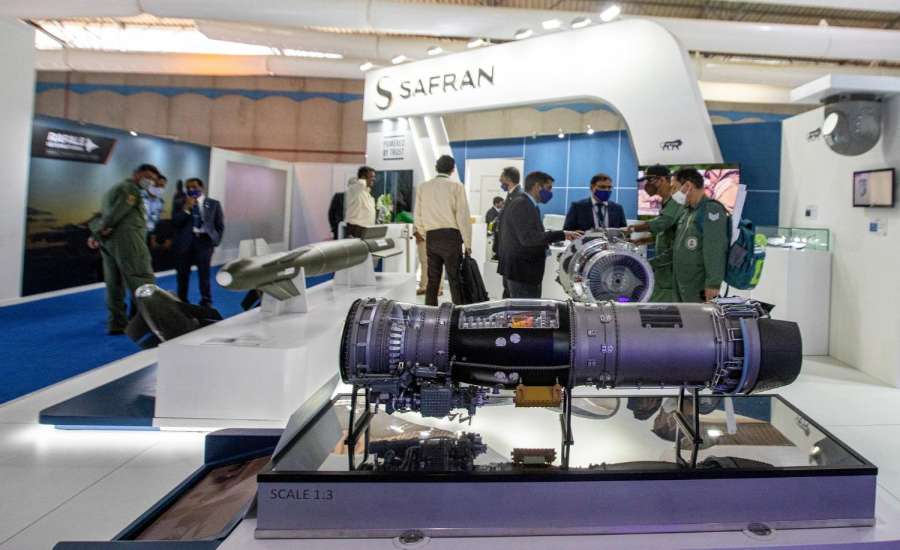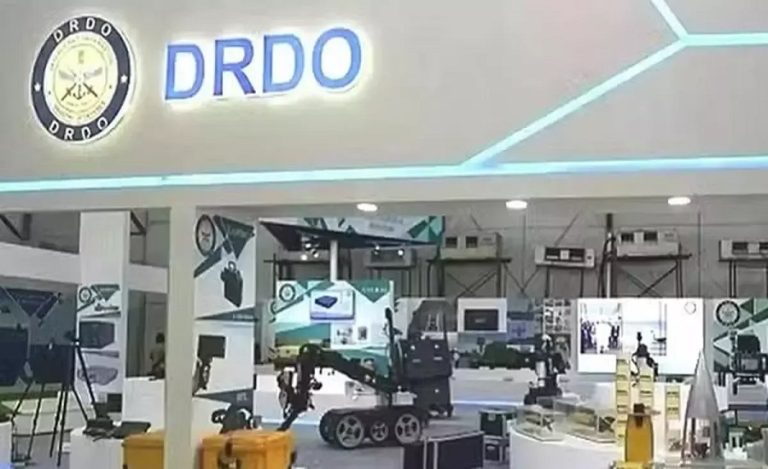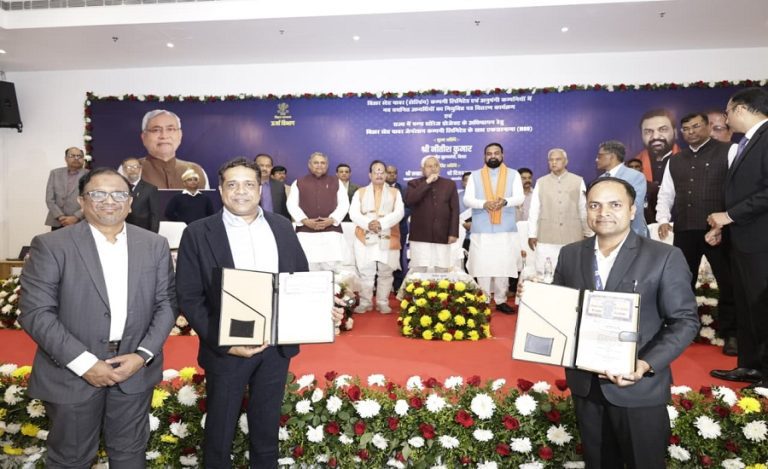New Delhi: In a significant move that underscores India’s growing stature in global aerospace manufacturing, French multinational Safran Group has announced plans to expand its Safran India programme supplier network from 25 to over 40 by fiscal year 2026.
The development was confirmed by Marjolaine Grange, Executive Vice President – Global ‘Purchasing’ at Safran.
This step aligns strongly with the Indian government’s “Make in India” initiative and reflects growing confidence in India’s precision manufacturing, materials engineering and aerospace-industry readiness.
Background of the Safran India Supplier Programme
Safran has been operating in India for decades, with nearly 70 years of presence and more than 2,600 employees across 18 sites in areas of aviation, space and defence.
Historically, the company has supplied critical aerospace components and systems to India’s civil and military aviation sectors, such as helicopter turbines, landing gear systems, and inertial navigation systems.
Read Also: India’s Flying Thunder! 800 km Range BrahMos-ER To Become IAF’s Deadliest Weapon Yet
In recent years, procurement from Indian sources has doubled, and Safran anticipates another doubling by 2027, followed by further growth through 2030.
Thus, the current push to expand the supplier network is part of a larger strategy to deepen local sourcing, reduce reliance on imports, and integrate Indian industry into its global value chain.
Safran India Supplier Programme: What exactly is the Expansion Plan?
- Safran currently works with about 25 Indian suppliers, and plans to bring that number to beyond 40 by FY26.
- The initial set of Indian suppliers has been concentrated in machining and associated commodities (precision machining, assembly).
- The next phase will target upstream manufacturing sectors, specifically raw-materials, casting and forging—capabilities that are key for high-precision aerospace production.
- Safran’s supplier-selection process emphasises firms that deliver consistently on quality, delivery, innovation. Only vendors meeting global competitiveness standards will be onboarded.
- Concurrently, Safran is working on a cornerstone project: an MRO (Maintenance, Repair & Overhaul) facility for its LEAP engine family by end-2025 to serve as a regional hub in India.
Why did Safran choose India?
India offers compelling advantages for Safran:
- India’s industrial base—especially in precision components, materials engineering and aerospace manufacturing—is maturing fast.
- A strong policy push under “Make in India” gives foreign firms incentives to localise and integrate.
- Local sourcing reduces logistics, lead time and dependency on distant suppliers.
- By expanding the Indian supplier base, Safran can build supply-chain resilience, diversify risk, and embed its manufacturing footprint closer to growth markets.
In Safran’s own words, this sourcing expansion “underscores India’s growing role in Safran’s global value chain.”
Impact of Safran India Supplier Programme on Indian Aerospace & Defence Ecosystem
With more than 40 suppliers onboarded, Indian firms stand to get high-value contracts in precision machining, casting, forging and raw-materials—the kinds of capabilities that elevate the entire industry chain.
- Technology transfer will likely follow, as global OEMs like Safran demand higher standards of quality, innovation and process maturity from Indian vendors.
- Job creation: deeper localisation means more jobs in manufacturing, assembly, supplier operations—strengthening regional industrial clusters.
- Strengthening of India’s role in global aerospace supply-chains, enabling India to shift from being a source of simple components to complex manufacturing hubs.
- Strategic defence implication: As upstream capabilities improve, the defence manufacturing base in India becomes more robust, aligning with national goals of self-reliance (Aatmanirbhar Bharat).
Challenges and Considerations for Safran India Supplier Programme
Though India offers scale and cost advantages, suppliers must meet global aerospace OEM standards—very high quality, consistent delivery, certification regimes.
- Upstream manufacturing (casting, forging, raw-materials) demands heavy investments, process maturity and long qualification timelines.
- Geopolitical / supply-chain risks: Global aerospace remains sensitive to disruptions, so localising the chain does not eliminate all risks.
- Safran’s selection criteria are stringent; only firms with proven track-record and innovation capabilities will be considered.
Way Forward
- Safran expects procurement from Indian sources to double by 2027, and further growth by 2030.
- As Indian suppliers graduate into upstream sectors (casting, forging, raw-materials), India’s aerospace manufacturing depth will increase significantly.
- The new MRO facility for LEAP engines by Safran in India will serve as a regional hub—boosting India’s attractiveness as a services/manufacturing centre.
- Indian vendors who align early with Safran’s standards will gain long-term benefits, access to global value chains, and increased export potential.
- For India, this signals a transition from “component job shop” to “complex manufacturing & integration” centre in aerospace.



























